Hey there, fellow professionals! Today, I want to dive deep into the world of Linkedin Analytics. You see, in the vast ocean of social media platforms, Linkedin stands tall as a powerful professional networking hub. Linkedin offers you an endless range of opportunities to connect, engage and grow whether you are a veteran business owner, job seeker or new entrepreneur. But how do you measure and optimize your social media performance on this platform? That’s where Linkedin Analytics comes into play, my friend. So buckle up and get ready to unlock the secrets of Linkedin success!
Understanding Linkedin Analytics
First things first, let’s talk about Linkedin Analytics. It’s like a treasure trove of data that reveals how your profile, posts, and articles are performing on the platform. By diving into these insights, you can gain a clear understanding of what’s working and what needs improvement.
Measuring Your Profile’s Performance
Your Linkedin profile is your digital representation in the professional world. To start measuring your profile’s performance, head over to the “Views of your profile” section in Linkedin Analytics. Here, you’ll find a wealth of information, including who viewed your profile, where they found you, and how many times your profile has been seen.
These valuable metrics allow you to gauge the effectiveness of your profile and identify areas for enhancement. Maybe you require a snappier headline, a more captivating summary, or a professional headshot that truly reflects your personal brand. By experimenting and fine-tuning these elements, you can optimize your profile’s impact and attract the right audience.
Analyzing Your Content Engagement
The key to a good strategy for Social Media is the creation of compelling content, and Linkedin definitely falls into that category. Now, let’s venture into the “Content” section of Linkedin Analytics, where the magic happens. Here, you’ll find metrics such as impressions, clicks, likes, comments, and shares for your posts and articles.
When analyzing these numbers, keep an eye on the content that resonates the most with your audience. Are your articles receiving more engagement than your posts? Which topics spark conversations and generate meaningful interactions? Understanding these patterns will help you tailor your content strategy to deliver maximum impact.
Unveiling the Power of Linkedin Page Analytics
If you’re a business owner or part of a company’s marketing team, Linkedin Pages are your gateway to brand exposure. Head to the “Followers” tab on your Linkedin Page and unveil the power of Linkedin Page Analytics. This section offers insights into your page’s performance, audience demographics, and engagement metrics.
With this knowledge in hand, you can refine your marketing efforts, craft targeted campaigns, and optimize your content to cater to your audience’s preferences. Remember, it’s all about making meaningful connections and fostering genuine engagement with your followers.
Using Linkedin Analytics to Optimize Your Strategy
Now that you understand the wealth of information Linkedin Analytics provides, it’s time to put those insights to good use and optimize your social media strategy. Here are a few tips to get you started:
- Leverage Your Top-Performing Content: Identify your most successful posts and articles, and analyze what makes them stand out. Use these insights to create similar content that resonates with your audience.
- Experiment and Diversify: Don’t be afraid to try new formats and topics. Linkedin offers various content types like videos, documents, and polls. Experimenting with different content can help you uncover hidden opportunities for engagement.
- Engage with Your Audience: Respond to comments, thank people for sharing your content, and join relevant conversations. Building connections and fostering engagement is key to nurturing a vibrant Linkedin community.
- Stay Consistent: Consistency is crucial on any social media platform. Set a regular posting schedule, and ensure your content aligns with your personal or brand values. By consistently providing value, you’ll strengthen your presence and attract a loyal following.
- Set Goals and Track Progress: It’s essential to establish clear goals for your Linkedin presence and track your progress over time. Whether it’s increasing profile views, generating leads, or growing your network, setting measurable objectives helps you stay focused and motivated.
- Utilize Linkedin Advertising: Linkedin offers powerful advertising tools to further amplify your reach and engagement. With Linkedin Analytics, you can monitor the performance of your ads, analyze their impact, and optimize your campaigns for better results.
- Identify Peak Engagement Times: Linkedin Analytics provides valuable insights into when your audience is most active. Pay attention to the days and times when your posts receive the highest engagement. This information allows you to schedule your content for maximum visibility and impact.
- Monitor Your Competitors: Linkedin Analytics doesn’t only provide insights into your performance; it also allows you to keep an eye on your competitors. By analyzing their strategies, content, and engagement metrics, you can gain inspiration, uncover gaps in the market, and find ways to differentiate yourself.
Conclusion
Linkedin Analytics is a goldmine for professionals and businesses seeking to measure and optimize their social media performance. You’ll be able to make data-driven choices, sharpen your strategy and take advantage of new opportunities for success through the power of these insights. Remember, it’s not just about the numbers; it’s about connecting with the right people, building meaningful relationships, and creating a powerful personal brand on
Linkedin. So, dive into Linkedin Analytics, embrace the data, and watch your professional journey flourish like never before!

